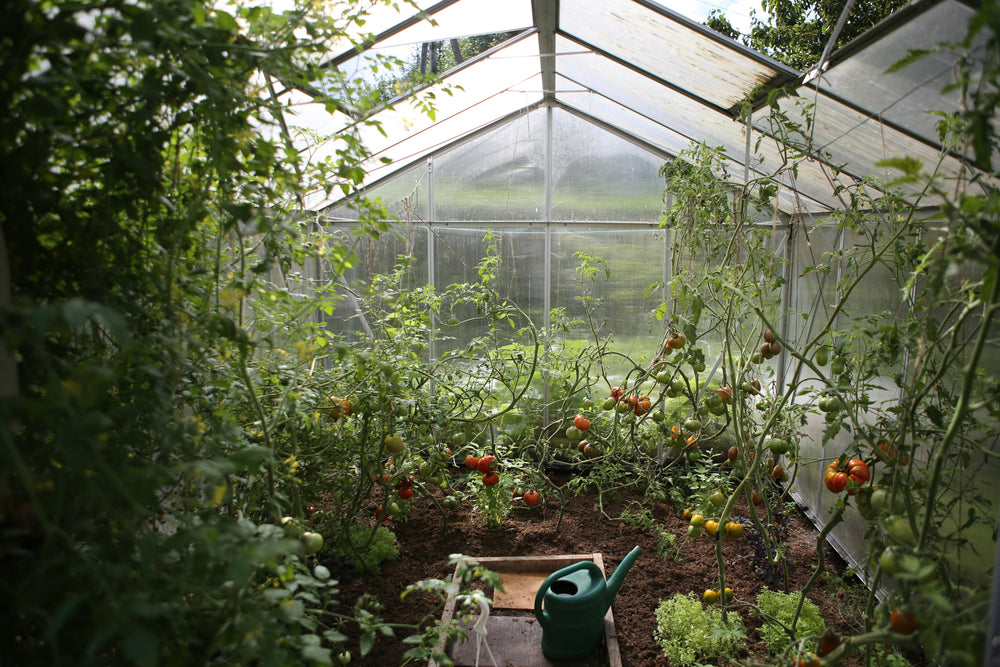Let’s face it: Winter isn’t exactly when you’re dreaming of sun-ripened tomatoes or fields of wildflowers. The air bites, the days are short, and your garden looks like a graveyard of last year’s ambition. But that dormant soil? It’s your ticket to spring’s comeback story, and there’s no better time to get ahead. Whether you’re wrangling pots on a city patio or managing acres out in the sticks, winter is your secret weapon for a thriving garden come April. Here’s how you do it.


















